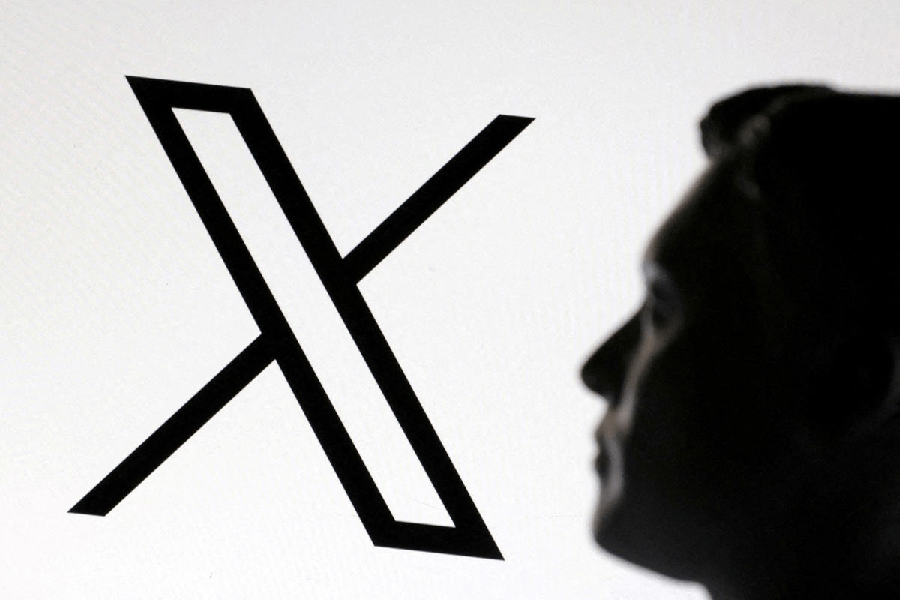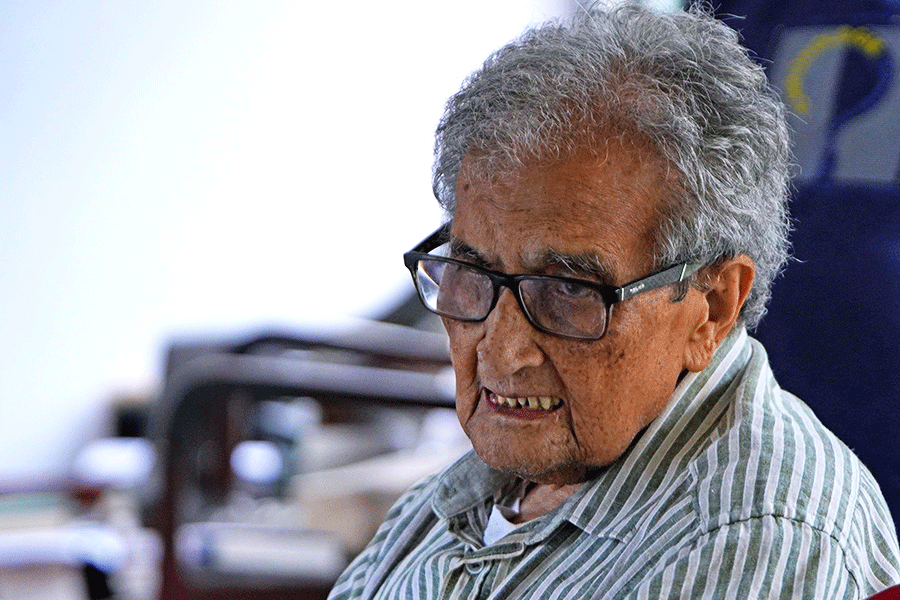 |
| (From left) Singh, Paul and Mehra with the bus identifier module and the walking stick in New Delhi. Picture by Rajesh Kumar |
New Delhi, June 6: Pratima Singh’s face broke into a smile as she walked slowly towards the bus door.
“Bus No. 0718,” someone at the door called out.
The walking stick in Pratima’s hand vibrated with increasing vigour as she approached the bus. Then the 25-year-old let out an excited giggle.
She had reached — on her own.
A visually impaired student at Delhi University’s Lady Shriram College, Pratima has had to depend on others all these days to guide her to a bus.
Not any more.
Now, she can dream of getting on buses without help after identifying their routes. A small box reads out the route number of approaching buses and a cane directs her to the door of the right bus.
Four computer science students at Delhi’s Indian Institute of Technology have designed a unique “bus identification and homing” technology that has fetched them a short-term patent and requests of large-scale manufacture from the visually impaired.
Final-year students Rohan Paul, Vaibhav Singh and Dheeraj Mehra, and a senior, Ankush Garg, who has already graduated from the IIT, have also won support from the Indian government for their project.
Rohan said the idea first came to him during amateur school experiments eight years back.
“There was no opportunity to actually develop any system then. When I saw we had an opportunity here, in IIT, I wasn’t about to let it go,” he told The Telegraph after an official demonstration on Wednesday for students from the National Association of the Blind.
Pratima is a member of the NAB, which assisted the IIT team with regular feedback on the needs of the visually challenged. The association had pinpointed the lack of a bus identification system as a key problem.
The system consists of two box-shaped modules — one, to be used by the visually challenged, and the other, to be loaded on to every bus.
When the user, standing at a bus stop, hears an approaching bus, he has to press a key on his module, marked ‘Q’ — for query — in Braille.
The module sends out radio frequency waves, which reach the receiver module on any bus within 30m. The bus module sends a signal back to the user’s device, which reads out the route number of the bus.
If more than one bus is waiting at the stop, the signal from each of the vehicles is read out on the user’s box. The user can select the preferred route by pressing another button after the bus number of his or her choice has been read out.
The module sends a fresh signal to the selected bus, which, on receiving it, calls out its route number loudly from a speaker placed next to the door. It helps the user determine the general direction in which to move. The specially designed cane vibrates with increasing intensity as the user approaches the door of the bus.
The user module can also be fitted on to the cane. The hand-held module and the cane, together, would cost less than Rs 1,000 after mass production, Paul added.
A Swiss travel-aide system for the visually challenged — the only possible competitor for the IIT product — costs around 800 euros (about Rs 48,000).










